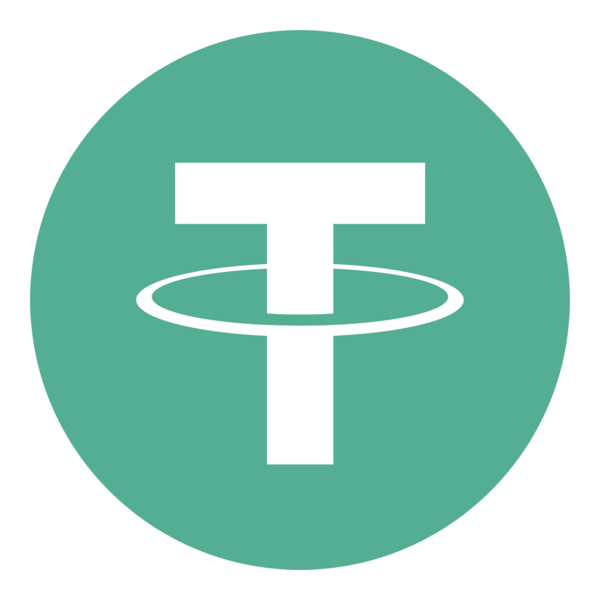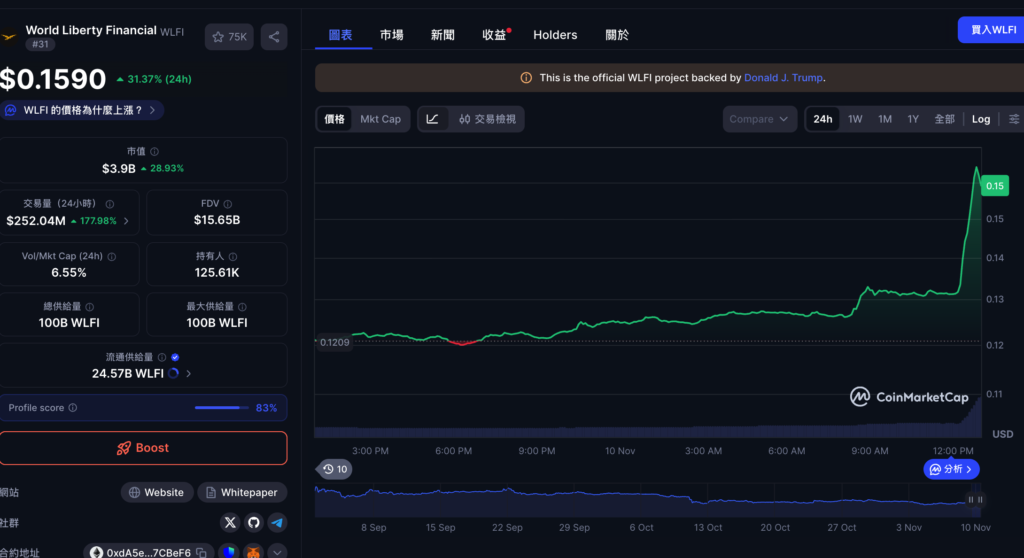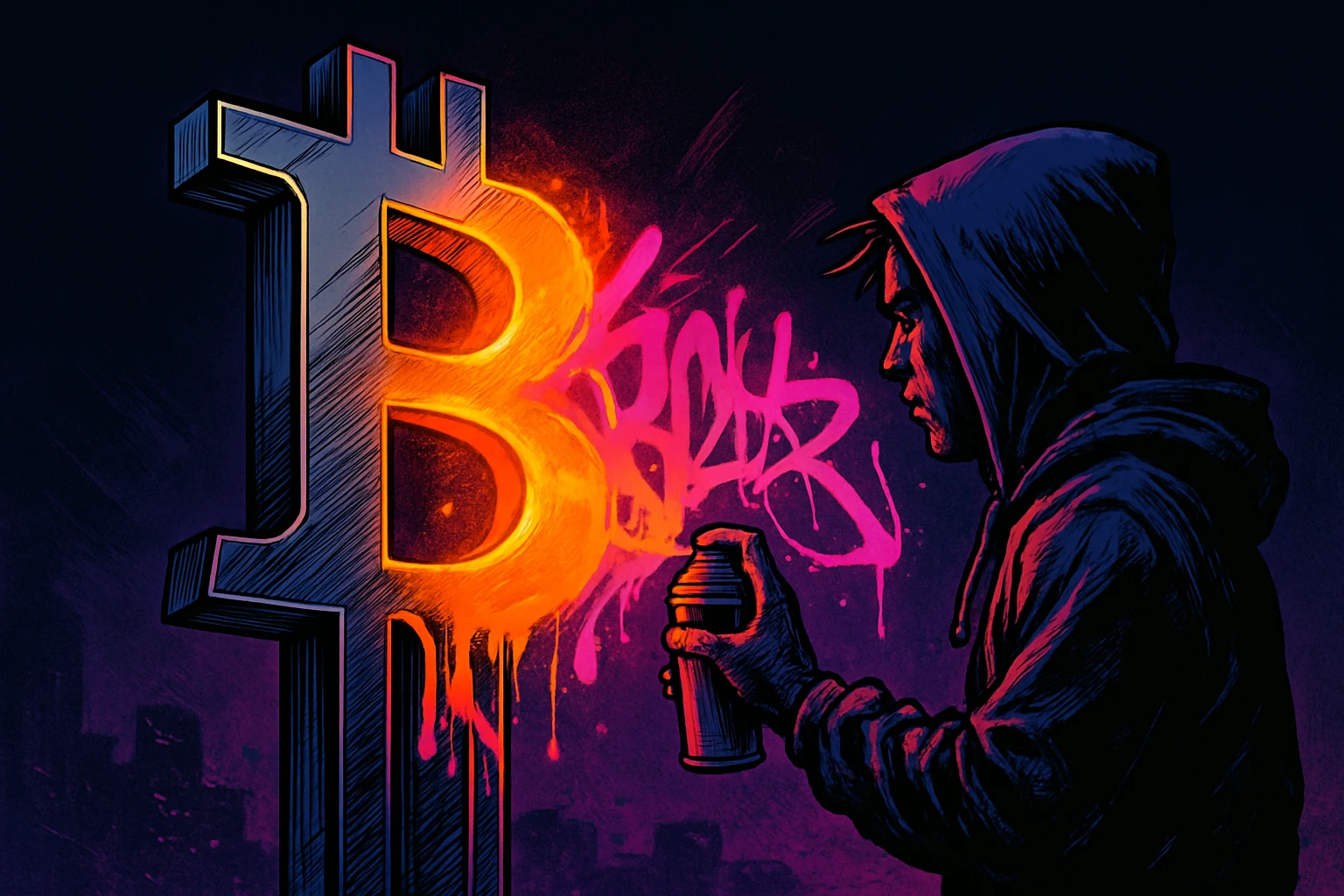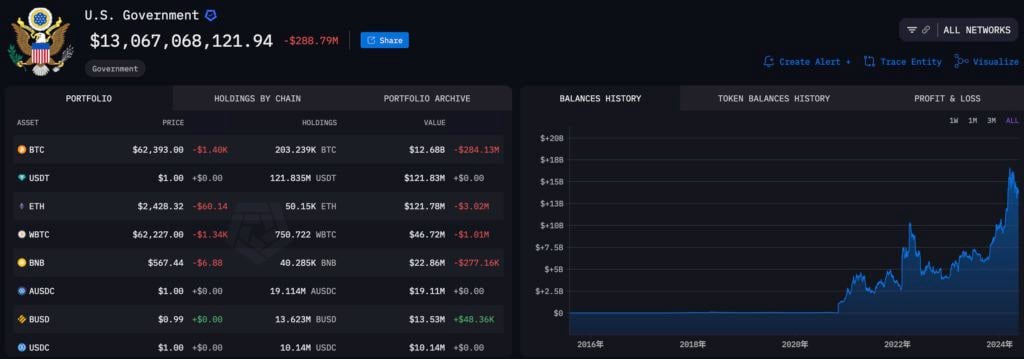Tether, the issuer of the world’s largest stablecoin USDT, is accumulating gold at an astonishing rate, with holdings reaching $12.9 billion. Behind its ambition to build a “borderless central bank” lie three major risks and challenges.
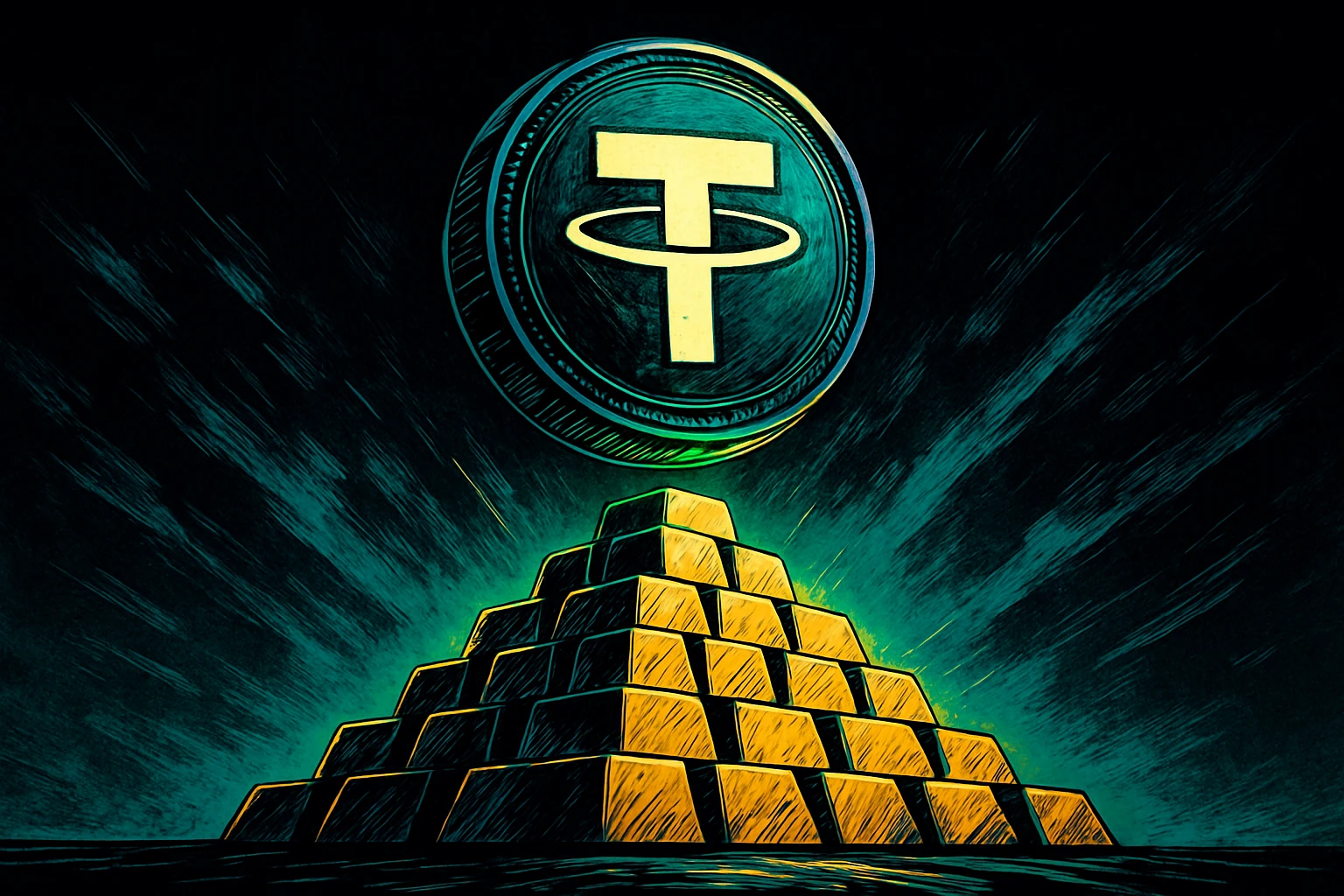
CompleteTether, the issuer of USDT, the world’s largest stablecoin, is accumulating physical gold at an unprecedented rate. Tether’s Q3 2025 report shows that its gold reserves have surged to $12.9 billion, compared to approximately $5.3 billion at the end of 2024. In just nine months, its gold holdings have increased by over $7.6 billion. Market analysts point out that Tether has been adding more than one ton of gold per week over the past year. This rate of accumulation even surpasses that of most sovereign central banks.
Furthermore, Tether has begun acquiring controlling stakes in gold mines and poaching top global precious metals traders. Behind these moves, it seems Tether is building a “borderless central bank” with US Treasury bonds as its profit engine and gold and Bitcoin as its core assets . However, is this vision truly feasible behind this seemingly perfect business empire?
Gold reserves of $12.9 billion contributed $4 billion in unrealized gains.
Tether’s financial performance in 2025 was nothing short of phenomenal. In the first nine months alone, its net profit exceeded $10 billion. This high profitability directly propelled Tether’s valuation to $500 billion, making it comparable to OpenAI.
The source of these billions of dollars in profits perfectly reveals Tether’s “alchemy.” It mainly consists of two parts:
- Operating profit: derived from stable interest income generated from its holdings of approximately $135 billion in U.S. Treasury securities.
- “Paper profits”: The huge unrealized gains generated by its gold and Bitcoin reserves during the 2025 bull market.
Although Tether has not disclosed the composition of its profits, we can still make some general analysis.
Of this, the potential returns from U.S. Treasury bonds are approximately $4 billion (4% annualized yield).
Gold’s contribution was particularly significant. At the beginning of 2025, the price of gold was approximately $2,624 per ounce, but by September 30th, it had surged to $3,859, an increase of 47%. Based on Tether’s $5.3 billion in gold reserves held at the end of 2024, this “old gold” alone generated approximately $2.5 billion in unrealized gains. Based on this estimate, and considering the new gold purchases in 2025, it is estimated that $3 to $4 billion of Tether’s billions in profits came from the appreciation of gold. The unrealized gains on BTC were approximately $2 billion.
![图片[2]-Tether’s Gold Empire: Teda’s Ambition and Cracks in Being a “Borderless Central Bank”-OzABC](https://www.ozabc.com/wp-content/uploads/unnamed-file-4.png)
This directly leads to gold becoming a crucial part of Tether’s revenue structure. And what Tether is doing is not merely relying on gold to generate huge profits; it is emulating the strategic reserve logic of a sovereign nation, attempting to control the entire gold industry chain from mining to trading.
In June 2025, Tether Investments announced the acquisition of a 37.8% strategic stake in Elemental Altus Royalties Corp., a Canadian publicly traded gold mining concession company, and retained the right to increase its stake to 51.8%, meaning Tether could control the company. Through this concession model, Tether can receive a stable share of gold production for decades to come without bearing the risks of operating the mines, thus ensuring the security of its gold reserves from the outset.
In November, Tether poached two more top global precious metals traders from HSBC . One of them, Vincent Domien, was not only HSBC’s global head of metals trading but also a current board member of the London Bullion Market Association (LBMA).
In addition, there is Tether Gold (XAUT), an independent gold tokenization product in the crypto market, with a market capitalization exceeding $2.1 billion. Tether, in partnership with Singapore-based financial services company Antalpha, plans to raise at least $200 million for a project called “Digital Asset Vault” (DAT). The fund aims to accumulate XAUT tokens and establish an “institutional-grade gold-backed lending solution.”
The “US Treasury Bond-Gold” closed loop is forging a “borderless central bank.”
Through a series of strategic moves, Tether has built a near-perfect business model:
Absorbing US Dollars: Tether issued USDT, absorbing nearly $180 billion in funds from the global market.
Investing in US Treasury bonds: It invests the vast majority of its funds in highly liquid and secure US Treasury bonds.
Earning interest: During the Fed’s high-interest-rate cycle, Tether can easily earn billions of dollars in “risk-free” interest each year.
Buying gold: Using a portion of the profits to hoard gold and invest in the gold industry to hedge against the risks of US Treasury devaluation or interest rate cuts.
Excess reserves: By accumulating gold and Bitcoin, excess reserve ratios are achieved, further consolidating the security and brand value of the stablecoin market, and ultimately enabling the issuance of more stablecoins.
Behind a series of combined operations, Tether has long ceased to be a simple cryptocurrency company. It’s more like a “shadow bank,” and has even evolved into a non-sovereign central bank, holding more U.S. Treasury bonds and gold reserves than many countries combined.
![图片[3]-Tether’s Gold Empire: Teda’s Ambition and Cracks in Being a “Borderless Central Bank”-OzABC](https://www.ozabc.com/wp-content/uploads/unnamed-file-5.png)
Within this cycle, Tether has become one of the world’s most profitable companies. It has also begun to further expand its business footprint across various sectors, including AI, education, electricity, and agriculture. Most importantly, against the backdrop of the rapid growth of the stablecoin industry, Tether, as a giant with the “power of minting,” will exert a powerful influence across more industries and regions globally—an influence that may never have been achieved by any other commercial company.
The Three Major Rifts of the Perfect Empire
However, behind every seemingly perfect facade lies the beginning of another cycle. Tether’s “perfect logic” is facing a triple threat from regulation, the market, and competition. Any one of these threats could become a stumbling block to its vision of a “borderless central bank.”
Threat 1: The Wall of Regulation
Gold reserves have brought Tether enormous profits, but they have also become its biggest obstacle to compliance. In July 2025, the United States signed the GENIUS Act, which explicitly requires that stablecoin issuers operating in the United States must have their reserves 100% backed by “high-quality liquid assets,” namely US dollar cash or short-term US Treasury bonds.
This is precisely Tether’s Achilles’ heel. According to Tether’s Q3 report, its total reserves reached $181.2 billion, with $174.4 billion in USDT already issued. Of this, $12.9 billion in gold and $9.9 billion in Bitcoin, along with other investments and loans, are all considered “non-compliant assets” under the GENIUS Act.
In a 2025 analysis report, JPMorgan Chase bluntly pointed out that if Tether wants to operate compliantly in the United States, it may be forced to sell its “non-compliant assets,” including Bitcoin and precious metals.
This scenario has already played out in Europe. Due to Tether’s reserves not complying with the EU’s MiCA regulations, from the end of 2024 to March 2025, almost all major exchanges, including Coinbase and Crypto.com, have delisted USDT from the European Economic Area (EEA).
As the details of the GENIUS Act are gradually implemented over the next 18 months, all compliant US exchanges (such as Coinbase and Kraken) will be forced to make the same choice. Although Tether claims not to serve US customers, if it is collectively blocked by US exchanges, its global liquidity will be severely damaged, which is tantamount to “forced withdrawal” from the world’s largest compliant market.
Tether’s response confirmed the reality of this threat. In September 2025, Tether announced the establishment of Tether America and appointed former White House advisor Bo Hines as CEO , planning to launch a new stablecoin called USAT in December. USAT will be 100% compliant (holding only Treasury bonds) and exclusively for the US market. This appears to be setting up a “firewall,” sacrificing USDT’s future in the US to protect its global USDT gold and Bitcoin reserve strategy. However, USAT seems more like a strategic move by Tether than a transformation goal.
Threat Two: Bear Market Devours
As mentioned earlier, Tether’s profits mainly come from two sources: government bond yields and, more significantly, gains from rising gold and Bitcoin prices. Tether’s outstanding performance in 2025 was also attributed to the record highs in gold and Bitcoin prices.
However, this profit structure obviously also carries significant risks. If the market trend changes in 2026, Tether’s potential profit growth may slow down or even turn into a loss.
First, several major financial institutions predict that the Federal Reserve will enter a rate-cutting cycle in 2026. According to estimates, if the Federal Reserve cuts interest rates by 25 basis points, Tether’s annual revenue will decrease by $325 million.
On the other hand, the gold and Bitcoin markets experienced a frenzied bull market in 2025, and while the market remains relatively optimistic about 2026 due to expectations of interest rate cuts, the market is always unpredictable. Once gold and Bitcoin enter a bear market cycle (of course, they may not enter a bear market together, which is the core purpose of Tether’s hedging strategy), Tether’s returns on gold and Bitcoin will shrink significantly, and profits may be wiped out in the new cycle.
Furthermore, when the crypto market enters a bear market, the growth in stablecoin issuance will slow down or even decline. This will directly impact Tether’s profitability.
Threat 3: Rising Rivals
Tighter regulations are reshaping the stablecoin market landscape. The US GENIUS Act and the EU MiCA regulations are clearing obstacles for compliant stablecoins that have been “pure” from the start.
The biggest beneficiary is Circle’s USDC. As a compliance leader, USDC has been welcomed by regulators. Circle’s Q3 2025 financial report showed that its USDC circulation reached $73.7 billion at the end of the quarter, achieving a year-on-year growth of 108%.
In contrast, while Tether remains the dominant player, its growth is showing signs of fatigue. Data from September 2025 shows that although USDT’s size has grown to $172 billion, its growth rate has slowed significantly compared to USDC.
According to PANews’ previous “2025 Global Stablecoin Industry Development Report ,” USDC is expected to surpass USDT around 2030, based on the current growth rate of stablecoin issuance. In short, the “gold strategy” is both Tether’s moat and a potential threat eroding its commercial strength. However, objectively speaking, this business logic, originally built for risk hedging, remains one of the most impressive designs currently in the crypto world.
After all, according to institutions including JPMorgan Chase and Goldman Sachs, the Fed’s rate-cutting cycle in 2026 will not trigger a bear market, but will instead become “fuel” to drive gold and Bitcoin prices to new highs. If the scenario unfolds in this way, Tether’s “gold strategy” will help it reach new heights.




